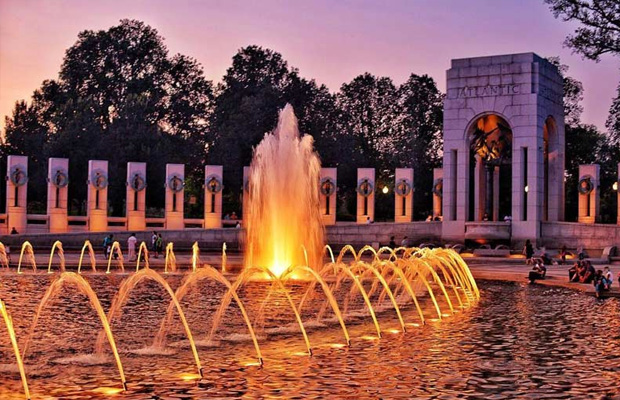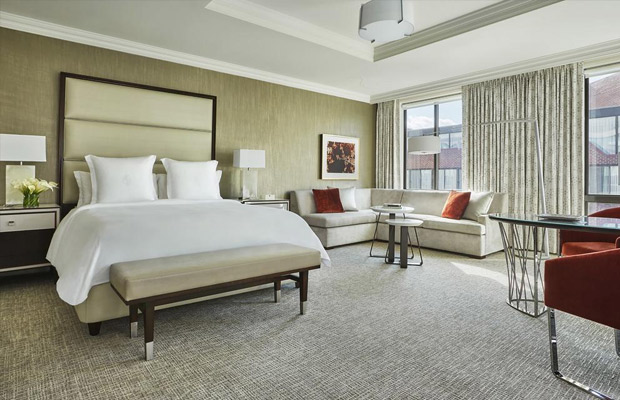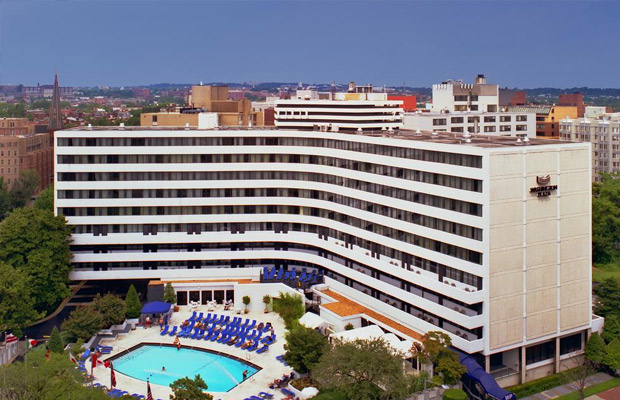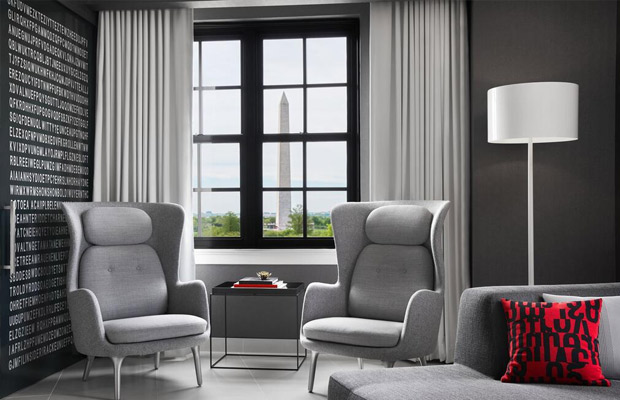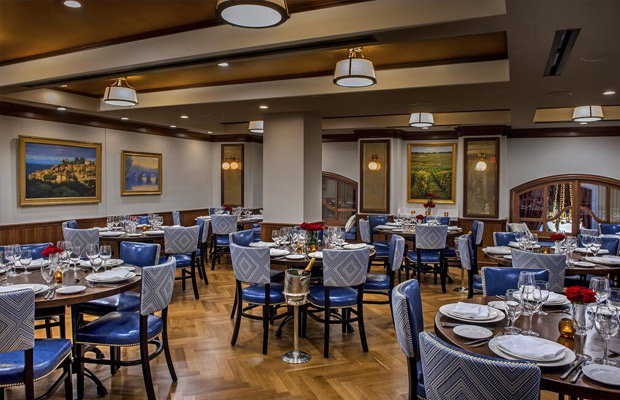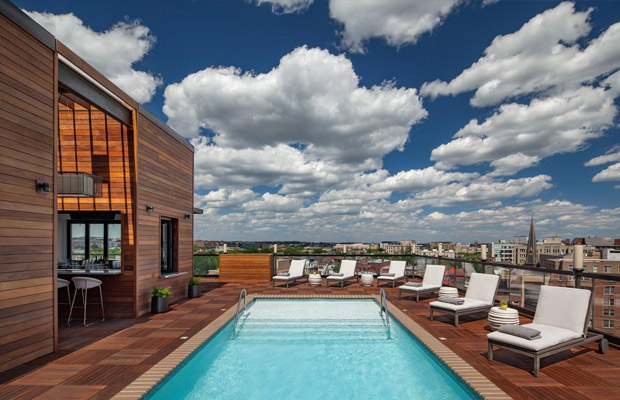Lincoln Memorial
Lincoln Memorial
USA
Washington DC
Washington DC Travel Guide
Book Tour & Activities
Your tour in Washington DC.
Book your stay
Your hotel in Washington DC.
Overview
The Lincoln Memorial is a US national memorial built to honor the 16th President of the United States, Abraham Lincoln. It is located on the western end of the National Mall in Washington, D.C., across from the Washington Monument. Taking the form of a neoclassical temple, the memorial's architect was Henry Bacon.
The designer of the memorial interior's large central statue – Abraham Lincoln, 1920 – was Daniel Chester French; the Lincoln statue was carved by the Piccirilli Brothers. The painter of the interior murals was Jules Guerin. Dedicated in May 1922, it is one of several memorials built to honor an American president. It has always been a major tourist attraction and since the 1930s has been a symbolic center focused on race relations. The building is in the form of a Greek Doric temple and contains a large seated sculpture of Abraham Lincoln and inscriptions of two well-known speeches by Lincoln, The Gettysburg Address and his second inaugural address. The memorial has been the site of many famous speeches, including Martin Luther King Jr.'s "I Have a Dream" speech, delivered on August 28, 1963, during the rally at the end of the March on Washington for Jobs and Freedom.
History
The first public memorial to United States President Abraham Lincoln in Washington, D.C., was a statue by Lot Flannery erected in front of the District of Columbia City Hall in 1868, three years after Lincoln's assassination. Demands for a fitting national memorial had been voiced since the time of Lincoln's death. In 1867, Congress passed the first of many bills incorporating a commission to erect a monument for the sixteenth president. An American sculptor, Clark Mills, was chosen to design the monument. His plans reflected the nationalistic spirit of the time, and called for a 70-foot (21 m) structure adorned with six equestrian and 31 pedestrian statues of colossal proportions, crowned by a 12-foot (3.7 m) statue of Abraham Lincoln. Subscriptions for the project were insufficient.
The matter lay dormant until the start of the 20th century, when, under the leadership of Senator Shelby M. Cullom of Illinois, six separate bills were introduced in Congress for the incorporation of a new memorial commission. The first five bills, proposed in the years 1901, 1902, and 1908, met with defeat because of opposition from Speaker Joe Cannon. The sixth bill (Senate Bill 9449), introduced on December 13, 1910, passed. The Lincoln Memorial Commission had its first meeting the following year and United States President William H. Taft was chosen as the commission's president. Progress continued at a steady pace and by 1913 Congress had approved of the Commission's choice of design and location.
There were questions regarding the commission's plan. Many thought that architect Henry Bacon's Greek temple design was far too ostentatious for a man of Lincoln's humble character. Instead they proposed a simple log cabin shrine. The site too did not go unopposed. The recently reclaimed land in West Potomac Park was seen by many to be either too swampy or too inaccessible. Other sites, such as Union Station, were put forth. The Commission stood firm in its recommendation, feeling that the Potomac Park location, situated on the Washington Monument–Capitol axis, overlooking the Potomac River and surrounded by open land, was ideal. Furthermore, the Potomac Park site had already been designated in the McMillan Plan of 1901 to be the location of a future monument comparable to that of the Washington Monument.
With Congressional approval and a $300,000 allocation, the project got underway. On February 12, 1914, a dedication ceremony was conducted and the following month the actual construction began. Work progressed steadily according to schedule. Some changes were made to the plan. The statue of Lincoln, originally designed to be 10 feet (3.0 m) tall, was enlarged to 19 feet (5.8 m) to prevent it from being overwhelmed by the huge chamber. As late as 1920, the decision was made to substitute an open portal for the bronze and glass grille which was to have guarded the entrance. Despite these changes, the Memorial was finished on schedule. Commission president William H. Taft – who was then Chief Justice of the United States – dedicated the Memorial on May 30, 1922, and presented it to United States President Warren G. Harding, who accepted it on behalf of the American people. Lincoln's only surviving son, 78-year-old Robert Todd Lincoln, was in attendance.[9] Prominent African Americans were invited to the event and discovered upon arrival they were assigned a segregated section guarded by U. S. Marines.
The Memorial was listed on the National Register of Historic Places on October 15, 1966.
Address: 2 Lincoln Memorial Cir NW, Washington, DC 20002, United States
Height: 30 m
Opened: May 30, 1922
Hours: Open 24 hours
Architect: Henry Bacon
Video Travel Inspiration
See Lincoln Memorial on Map
Most Popular Cities

Siem Reap
Cambodia
Ho Chi Minh City
Vietnam
Beijing
China
Paris
France
London
United Kingdom
New York
USA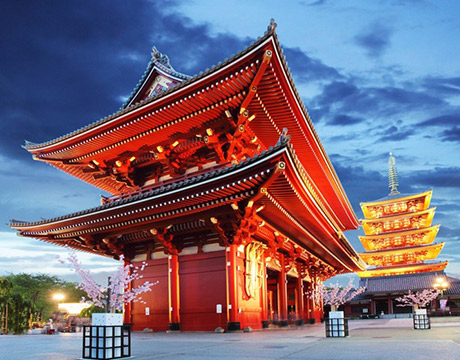
Tokyo
Japan
Bangkok
Thailand
Seoul
South Korea
Vientiane
Laos
Yangon
Myanmar
Washington DC
USA
Los Angeles
USA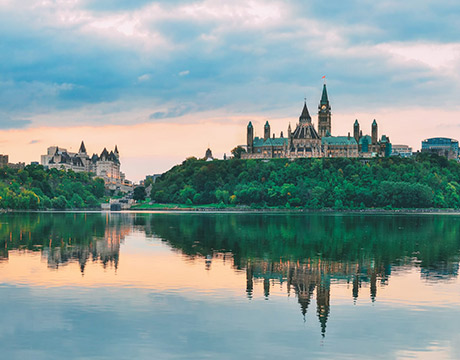
Ottawa
Canada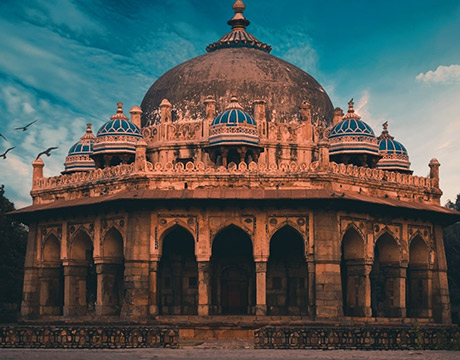
New Delhi
India
Singapore
Singapore
Kuala Lumpur
Malaysia
 English
English French
French Khmer
Khmer Thai
Thai Vietnamese
Vietnamese Chinese
Chinese Korean
Korean German
German Japanese
Japanese Italian
Italian Russian
Russian Spanish
Spanish Dutch
Dutch Indonesian
Indonesian Malay
Malay




